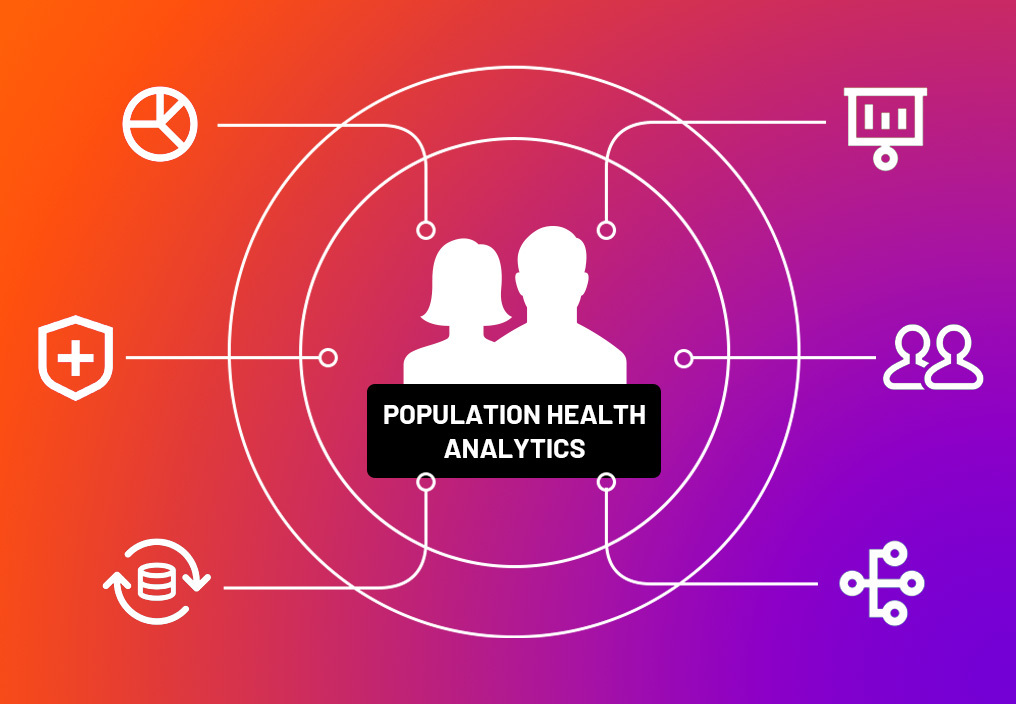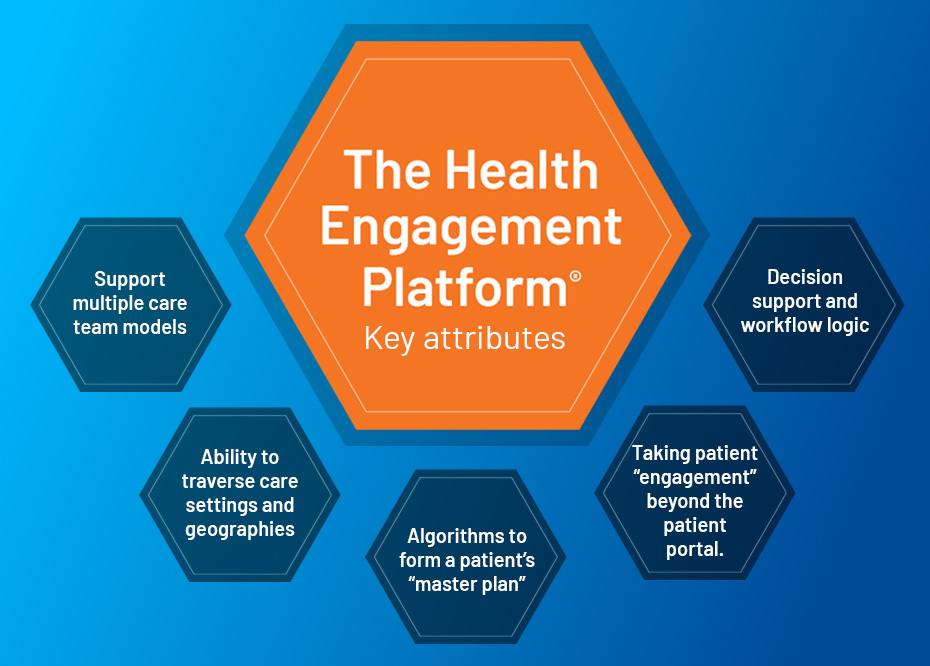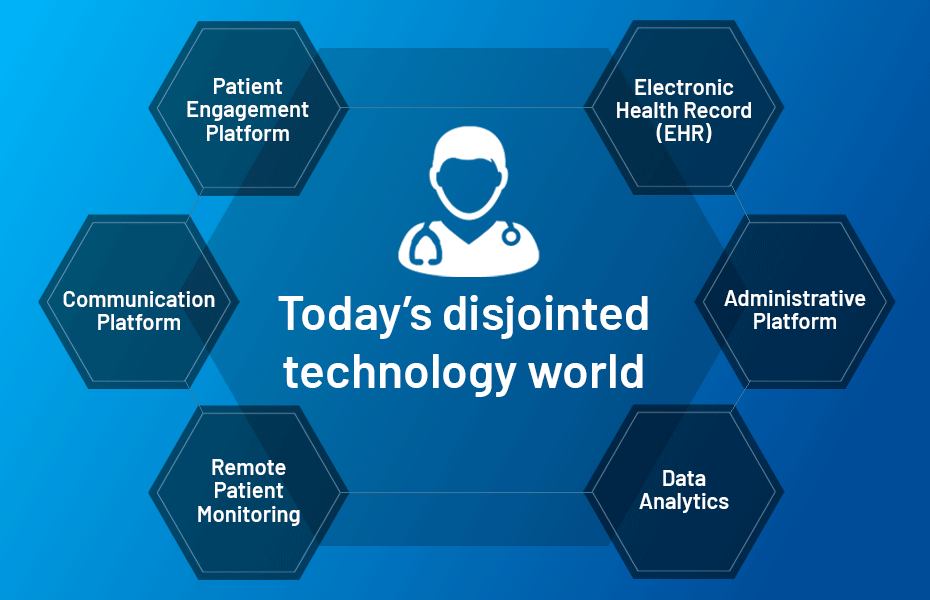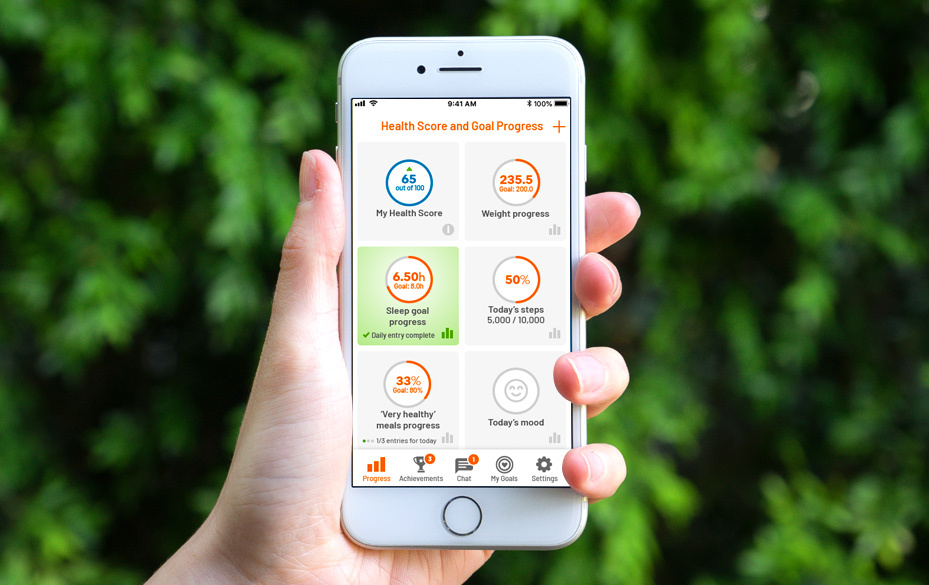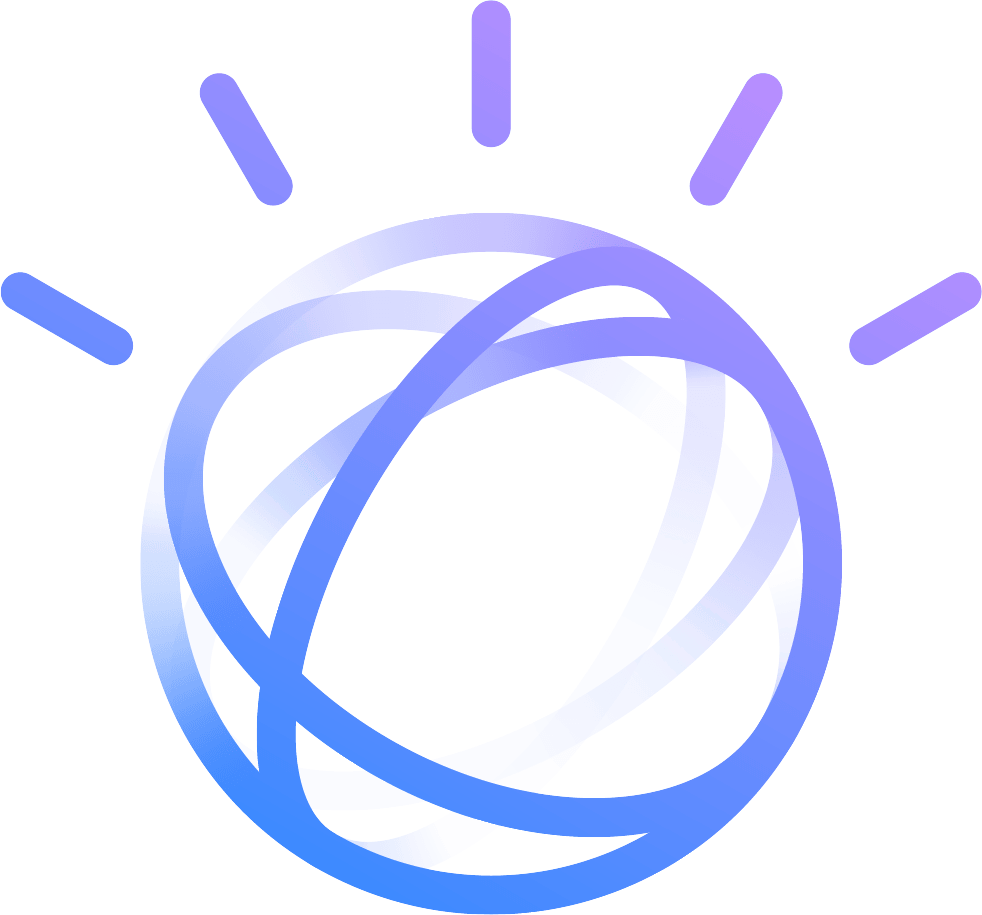This week we continue to unpack a quote from an article in Patient Safety & Quality Healthcare where David Snow the chairman and CEO of Cedar Gate Technologies summarizes the technology and information gap for value-based care providers saying, “Value-based care is an area full of innovation. The organizations that can create a high-value stack of analytics, with a meaningful high-touch consumer experience and end-to-end technology experience that drives great outcomes at a reasonable cost, will be the game-changers.”
Technology Value-Based Care Providers Need, Part 2: “Meaningful, high-touch patient experience”
Topics: healthcare technology, patient engagement
Digital Health Capabilities to Effectively Support Value-Based Care: Population Health Analytics
A big frustration we hear from our primary care clients is the lack of actionable data they have to work with. Even if care teams are getting reports from a value-based payer or 3rd party data aggregator, the information is often just a look-back at past performance with no insights on what care plans were successful, which patients they should be targeting and who those rising risk patients are. Understanding these pain points, we designed our care management platform to quickly identify rising risk or “prioritized” patients much further upstream in their care journey, ideally before those patients fall into the high-cost, high-utilizing category. Care teams gain insights into which patient sub-populations are achieving their care goals, what is driving that success and what barriers are getting in the way. If you are looking to truly transform your practice to deliver on value-based care contracts contact us in the "Request a Demo" link on this page!
Topics: healthcare technology, value-based care, patient engagement
Digital Engagement is Here to Stay - Embracing Patient-Centric Technology
The use of telehealth rapidly increased during the spring as it gave patients a needed way to connect with their physician and reimbursement restrictions were lifted. During this time of a rapid increase in adoption, patients as consumers expect more from their digital tools and compare their experiences to offerings from other industries. Notably, as we head into fall, already the usage of telehealth offerings is declining as physician practices open back up and patients feel safer to return to in-person visits.
Topics: healthcare technology, transforming healthcare, patient engagement, telehealth
- Scheduling appointments, refilling prescriptions and looking up lab results are important, but true engagement comes first in understanding unique patient needs, wants, motivations and barriers to achieving care goals and the lifestyle changes needed to be successful; and then in supporting patients along the journey to achieving those goals.
- Patients rarely have just one, clear, manageable issue. A smart platform would take in a variety of inputs and combine appropriate algorithms for treating a patient’s asthma, arthritis, depression, and weight reduction without the clinician having to synthesize these disparate data points on their own.
- Each care team member is able to see both the patient’s master plan and the relevant data and prioritization that is specific to their role and scope of practice. With the growing dynamic of team-based care, each member has a personalized dynamic dashboard to work in.
- The master plan and supportive tools need to travel seamlessly with the patient, whether they are at home with devices tracking their activity, sleep, and blood pressure; or on the road for work or play, even when seeing a specialist. The primary care team then needs the relevant data and information to come back to them through the platform in meaningful and actionable ways.
- The platform must remind care team members and patients of upcoming and overdue activities, suggest changes in the master plan when patient conditions and care needs change, and route messages to the appropriate care team member regarding new test results, data trends negatively, or when patient health goals aren’t on track or being met. All of these long before an adverse event occurs.
At scale, the Health Engagement Platform facilitates the thousands of master plans seamlessly, undergirds a myriad of patient/provider workflows, simultaneously traverses multiple care settings, and supports hundreds of thousands of highly personalized provider decisions; so that a population can be proactively managed as never before. This is the future of healthcare technology!
Topics: healthcare technology, transforming healthcare, patient engagement
Patients hardly ever have just one clear, manageable issue. Even more importantly, people are multi-faceted, complex, and cannot be broken down to the presence or absence of a chronic condition. The Health Engagement Platform allows care teams to work with their patients to create a master plan that addresses all facets of their health journey; from treating a patient's asthma, arthritis, depression and weight reduction, while also understanding the intrinsic motivations and potential barriers affecting the necessary behavioral changes.
Topics: healthcare technology, transforming healthcare, patient engagement
How to Use Big Data Analytics to Increase Patient Engagement
Topics: healthcare technology, transforming healthcare, patient engagement
